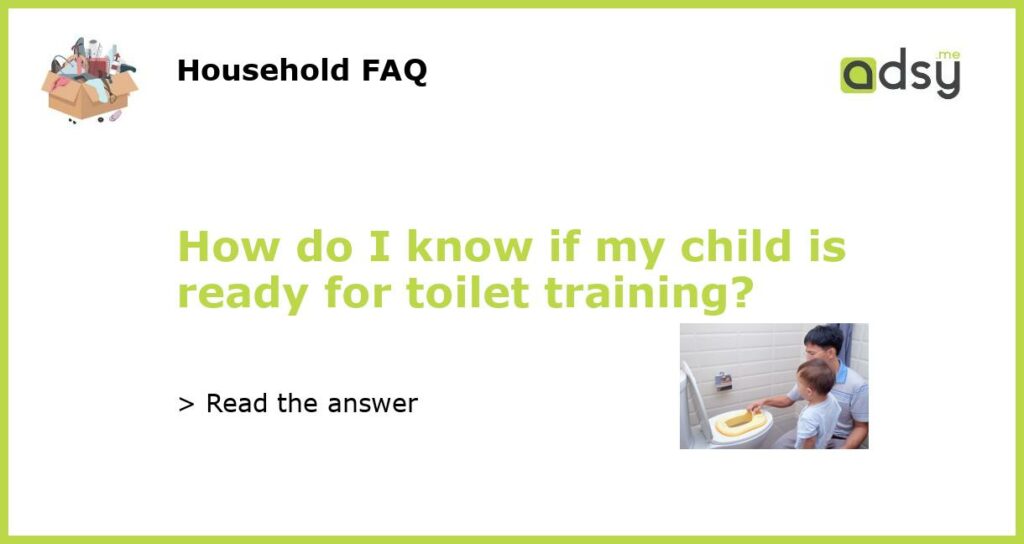Signs that indicate your child is ready for toilet training
Every child is different, and there is no exact age when they should start toilet training. However, there are certain signs that can indicate if your child is ready for this important milestone. Here are a few key indicators:
Physical readiness
One of the first signs to look for is physical readiness. This includes the ability to control their bladder and bowel movements. If your child can stay dry for longer periods, especially during naps or overnight, it may be a good time to start toilet training. Additionally, if they have regular bowel movements and are able to sit and walk independently, they may be physically ready for this next step.
Verbal and cognitive skills
Verbal and cognitive skills are also important factors to consider. Your child should be able to communicate their needs and understand simple instructions. They should have a basic understanding of the concept of using the toilet and be able to follow simple routines. If your child can express when they need to use the bathroom or show interest in using the toilet, it may be a sign that they are ready for toilet training.
Awareness of bodily functions
Another indicator of readiness is when your child shows an awareness of their bodily functions. This means that they can recognize when they are going to urinate or have a bowel movement. They may use specific words or gestures to indicate that they need to use the toilet. This awareness is crucial for successful toilet training as it shows that your child is starting to understand their body’s cues and can take action accordingly.
Independence and interest
Independence and interest in toilet training are also important signs. Your child should show a desire to be more independent, including wanting to dress themselves or wanting to learn new skills. They may show interest in imitating older siblings or peers who are already using the toilet. If your child demonstrates curiosity about the toilet or expresses a desire to try it out, it may be an indication that they are ready to start toilet training.
Milestones in other areas
Lastly, it’s important to consider your child’s overall development and milestones in other areas. Toilet training requires coordination, balance, and fine motor skills. If your child has already achieved certain developmental milestones, such as walking and good hand-eye coordination, they may be better equipped for toilet training. Additionally, emotional readiness is also important, so if your child is generally cooperative and responsive to instructions, it may be a good time to introduce toilet training.
Remember, every child is unique and may show different signs of readiness. It’s important to observe your child’s behaviors and cues, and not to compare them to other children. Some children may show signs of readiness earlier or later than others, and that’s completely normal. The key is to be patient, supportive, and provide a positive and encouraging environment for your child to learn and develop this new skill.






